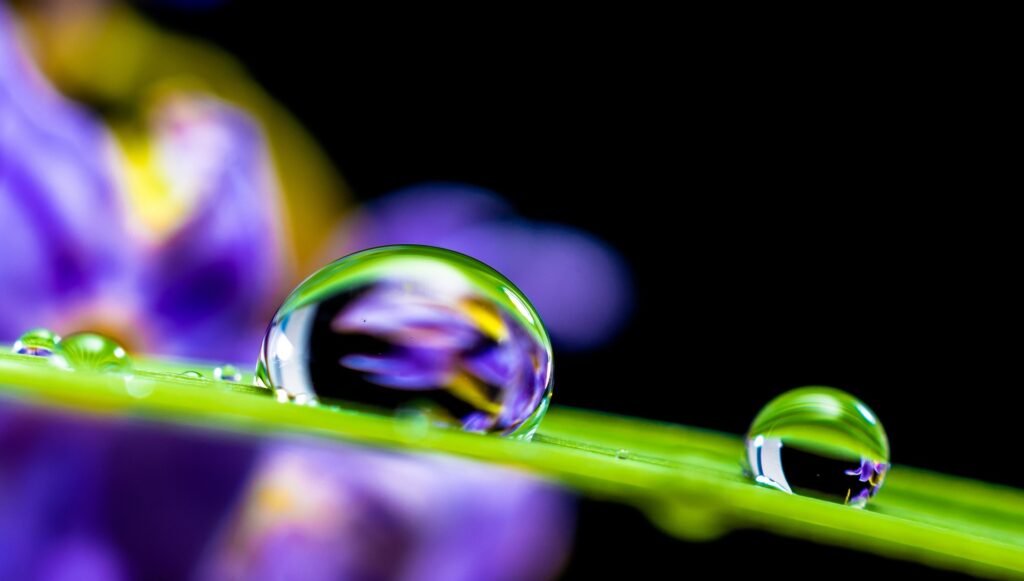The Question- for water

How clean is the water you drink? Do you know if it is safe, or do you choose to believe it is safe? While these two sentences might seem like they are asking the same thing, they are not. Water is such a trivial thing yet holds the key to life. Water is made up of tiny molecules of H2O. Their size being no greater than 0.27 nanometres across. That’s the tenth part of a millimetre. These molecules arrange themselves to form the giver of life we call water as a liquid.
The Compound- water

Now molecules in a liquid are arranged closer together than a gas but farther apart than a solid, Such that they flow and hence are called fluids. But these interstitial spaces in between the molecules of water facilitate the harbouring of germs and impurities. Just like how sand finds its way in between rocks, germ and impurities find their way into the spaces in between these molecules. When these impurities consist of minerals the bodies needs the water is beneficial. However, when they turn into germs and deleterious chemicals and minerals the water can cause more harm than good.
The Harm- by water

According to the WHO, 785 million people lack a basic drinking water, including 14 million people who depend on surface water. At least two billion people, that is a quarter of the current world population is dependent on a water source contaminated with faecal matter. Contaminated water can transmit diseases such as cholera, dysentery, typhoid, polio and diarrhoea. Diarrhoea is the second major cause of death in children under the age of, causing more deaths than diseases like AIDS, malaria and Measles counted together.
Typhoid Fever
If you suffer from a high fever ranging somewhere between 39°-40° C, headaches, general body pain, Coughs and constipation, you might have typhoid fever. As it gets worse, you might experience a loss of appetite, nausea and diarrhoea. Some people even get rashes.
Typhoid fever is a bacterial infection caused by Salmonella typhi. It’s highly contagious and can spread through excretions and water droplets through sneezing or talking. Children face the highest risk to typhoid fever. It is common in the poorer parts of the world where safe and sanitary conditions are at their minimum.
Cholera
Cholera is a diarrhoeal disease caused by the bacterium Vibrio cholerae, of the comma shaped bacteria family vibrionaceae. It causes an approximate 3 million cases and 95000 deaths each year. The bacteria are usually found in water infected with faeces of a person having the same infection. The majority of the cases are found in places with unsanitary water conditions.
Its infection is often mild with few to no symptoms. However it can get severe. People can develop watery diarrhoea, vomiting and limbic cramps. Rapid loss of body fluids causes dehydration and may lead to shock. Without treatment it may cause death within hours.
Giardia
The microscopic parasite Giardia duodenalis causes the disease giardiasis. The germ infects via consumption. It can be passed on through faeces infected food or water. The symptoms of giardiasis include diarrhoea, gas, foul smelling faeces that are buoyant, stomach cramps, nausea and dehydration.
Dysentery
The inflammation of the intestinal tract is termed dysentery. It may be primarily of the colon. It can cause mild to severe stomach and bloody stools. Shigella bacillus is the most common bacteria causing dysentery. The world faces anywhere between 120 million to 165 million cases of dysentery each year. Out of these 1 million cases end in deaths and 60 per cent affect children.
The milder symptoms of Dysentery include a slight stomach ache and cramps and diarrhoea. These show up within one to three days and clear up within a week. However in cases of bacillary dysentery the patient might experience blood or mucus in the faeces, intense abdominal pain and nausea.
Amoebic Dysentery is caused by Entamoeba histolytica. Symptoms include abdominal pain, ever, chills, nausea, vomiting, watery diarrhoea with blood, mucus or pus, fatigue and constipation. Symptoms may persist for several weeks.
Hepatitis A
Hepatitis literally means inflammation of the liver. When the liver is inflamed or diseased, its functions are affected. Heavy alcohol consumption, toxins, strong medications, and some medical conditions can cause hepatitis, but it is often caused by a virus. Hepatitis A, hepatitis B, and hepatitis C are caused by three different viruses. Hepatitis A is a short-term infection that does not become chronic wheras Hepatitis B and hepatitis C also begin as short-term infections, but sometimes the virus remains in the body, causing chronic diseases and long-term liver problems. There are vaccines that help to prevent hepatitis A and hepatitis B but hepatitis C has no vaccine.
Diarrhoea
Last but definitely not least, diarrhoea is maybe the worst of all the diseases discussed so far. Diarrhoea is when the bowel movements are loose or watery more than three times a day and the body loses fluids very quickly. In essence the worst effect of the disease is dehydration and shock. It occurs when the lining of the intestine is unable to absorb the fluids ingested or is secreting fluids of its own. Oftentimes this happens due to some kind of infection or disease. As we have read above the various diseases list diarrhoea as a symptom hence all the effects of diarrhoea may be included in the effects of the other diseases. The stool may also contain blood, mucus, pus or excess fat. Diarrhoea can be accompanied by painful abdominal cramps, nausea, fever, bloating and weakness.
Side effects of diarrhoea include dehydration which may cause thirst, lack of energy, less frequent urination, dizziness and listlessness. Diarrhoea may have many different causes like infection, change in diet, food intolerance or drinking excess alcohol, bowel conditions, malabsorption, surgery or medicinal side effects.
Generally, diarrhoea resolves itself in a few days. However, you should seek medical advice if children or the elderly suffer from diarrhoea because they may get dehydrated very quickly. You should also go to a doctor if your diarrhoea lasts more than five days or it does not improve with at home remedies or over the counter drugs.









Very useful blog must say. Thanks a lot for this information. I must say I’m gonna check the purity of my water everyday from now. No risks can be taken.. ^_^
Nice,..keep it up
Seems like I need to buy a new microscope to check this..?(Hi! Guys don’t take seriously)